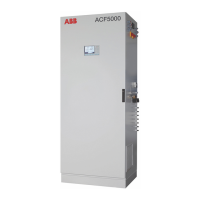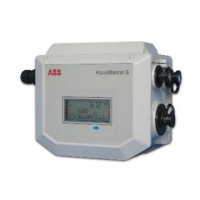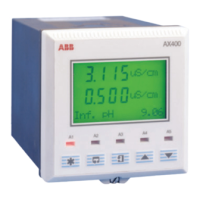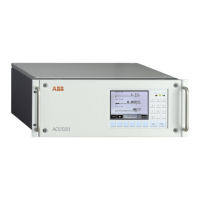42/24-10 EN Rev. 9 Chapter 9: Inspection and Maintenance 9-31
Basic Calibration
What does the
basic calibration do?
A basic calibration of an analyzer module places the module’s calibration status
back in an initial state. The offset drift and amplification drift are set to zero. The
drift history is lost.
When should a
basic calibration be
performed?
Basic calibration of an analyzer module should be performed only in exceptional
cases when changes that affect calibration have been made. This may be the
case e.g. after exchanging subassemblies.
For the Uras26 analyzer module, a basic calibration can be performed at the zero
point for calibration to the cooler dew point during commissioning at the sampling
point.
Check prior to a
Basic Calibration
Prior to a basic calibration, check and ensure
• That the gas analyzer is in proper operating condition
• That the sample conditioning units are in proper operating condition
• That the correct test gases are being used.
Test Gases The zero and/or span calibration test gases are required for a basic calibration.
Performing the
Basic Calibration
The basic calibration is performed for each sample component or – for the
Caldos25 and Magnos27 analyzer modules – for each measurement range.
The basic calibration can be performed
• Individually at the zero point
• Individually at the end point, as well as
• Together (successively) at the zero and end points
A calibration reset is also performed in the case of common basic calibration at
the zero and end points (see “Calibration Reset” section, page 9-30).
Menu Path MENU
→ Maintenance/Test → Analyzer spec. adjustm. →
Basic calibration
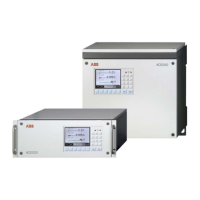
